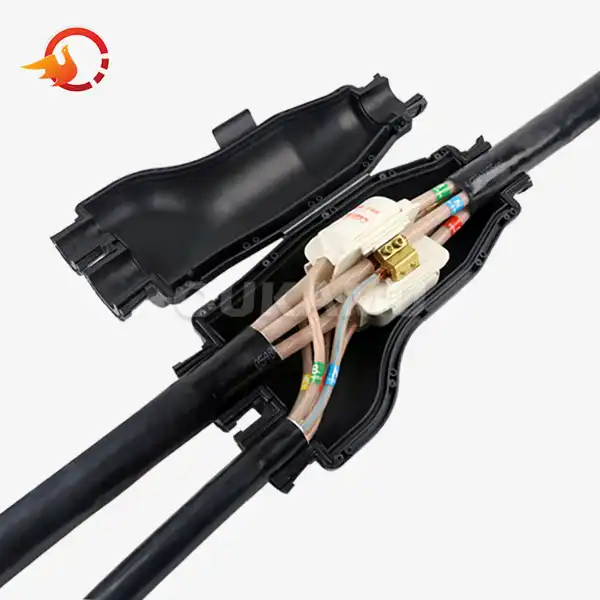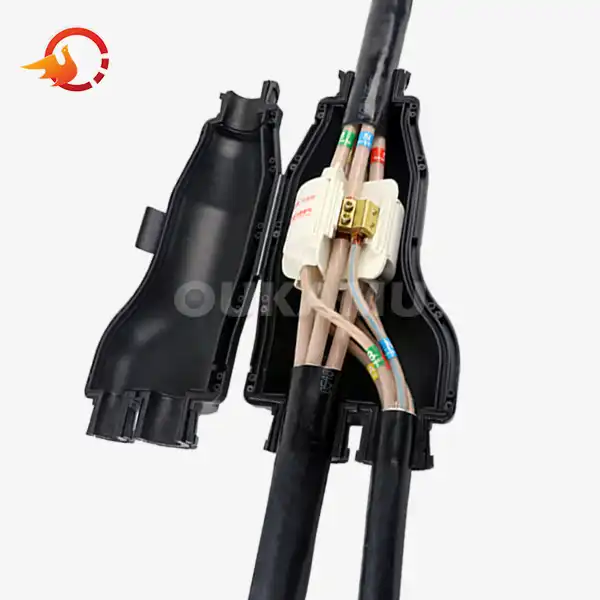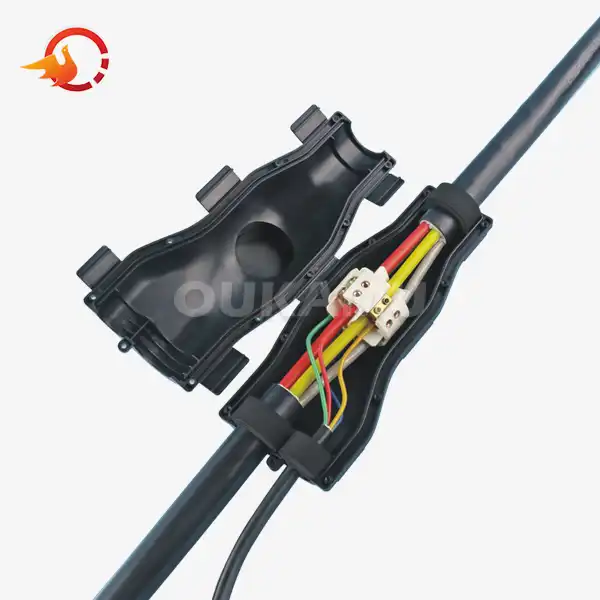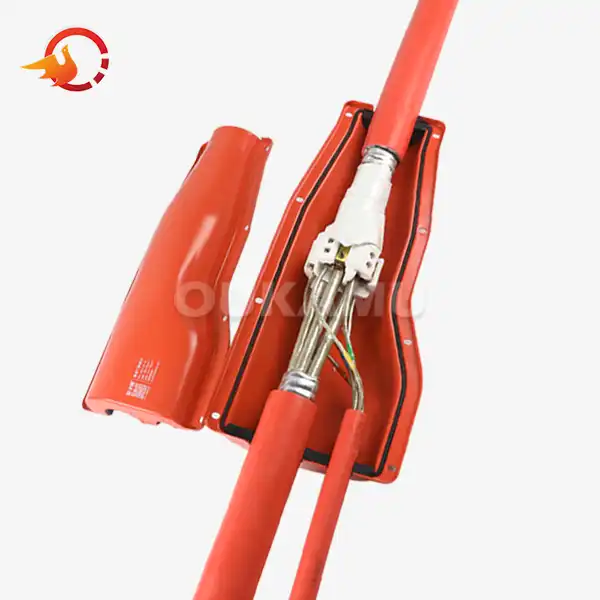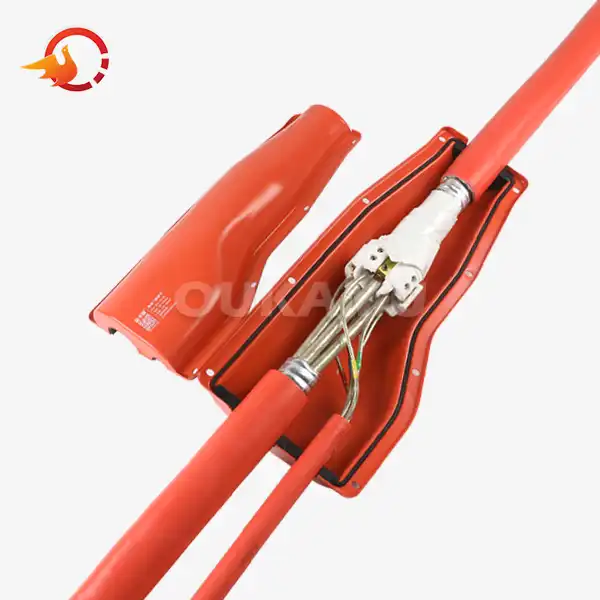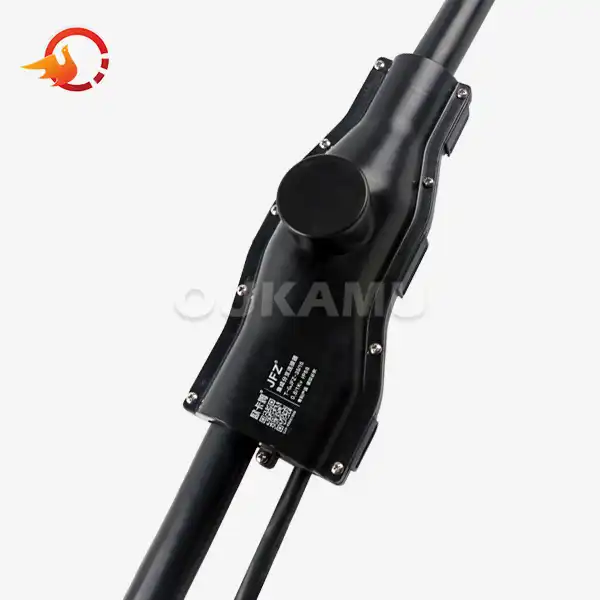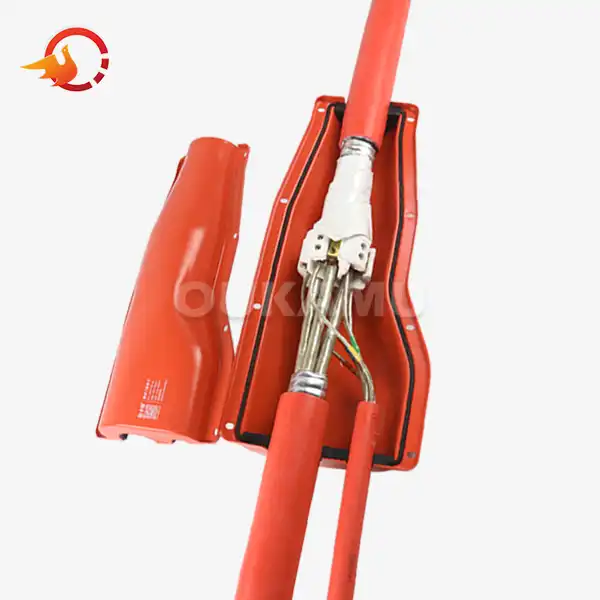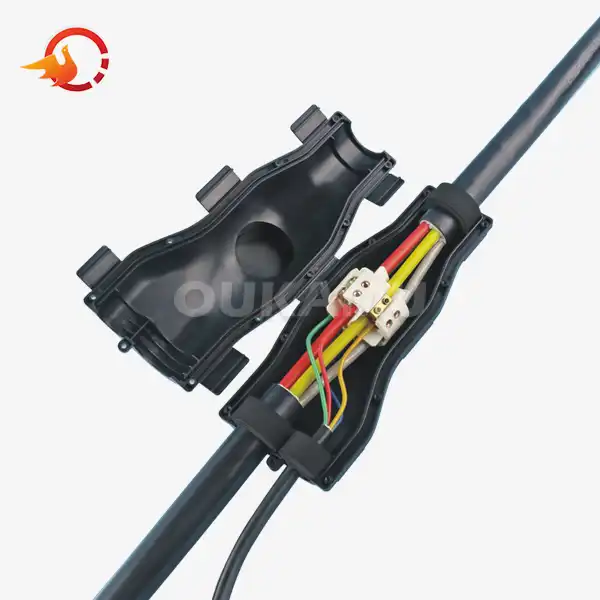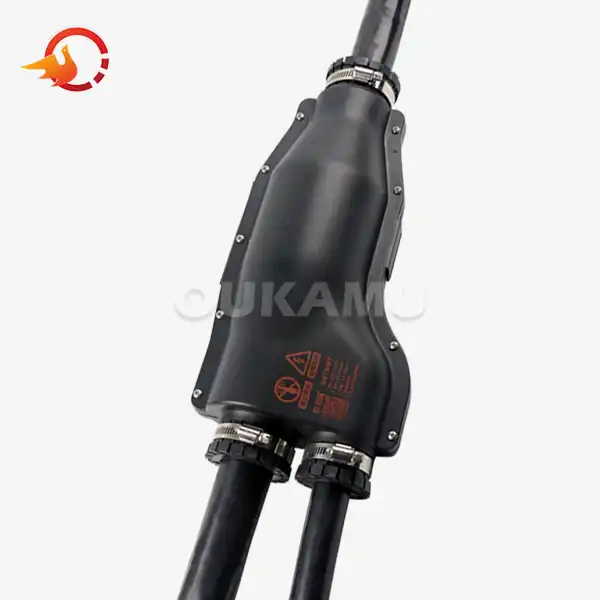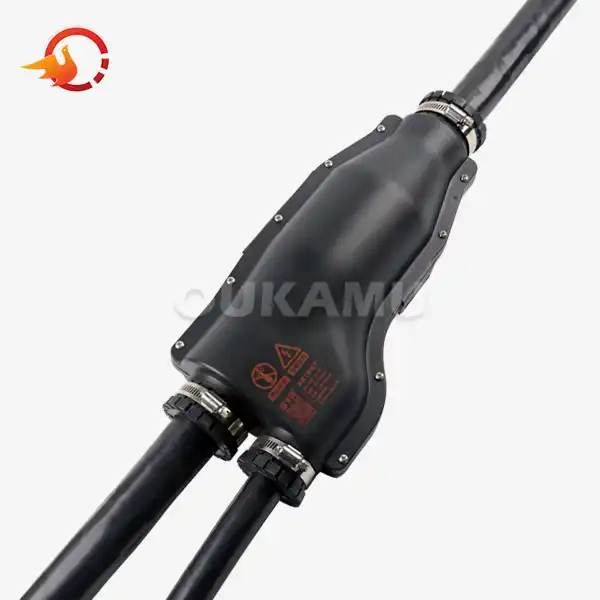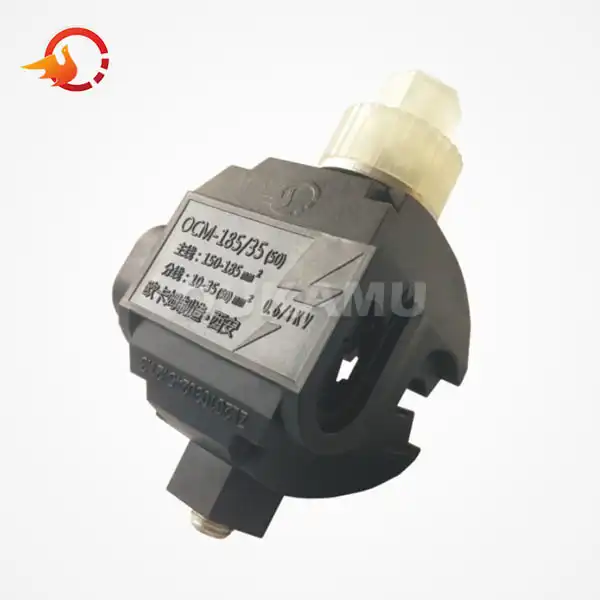Looking for a Compact Cast Resin Cable Joint for Tight Spaces?
 2025-04-15 09:10:00
View:389
2025-04-15 09:10:00
View:389In the world of electrical installations, finding the right cable joint solution can be a game-changer. When you're dealing with tight spaces and need a reliable, compact option, cast resin cable joints emerge as the unsung heroes of the industry. Let's dive into the world of these innovative connectors and explore why they might be the perfect fit for your next project.
Comprehending Cast Resin Cable Joints: A Compact Powerhouse
Cast resin cable joints have revolutionized the way we approach cable connections in confined areas. These ingenious devices offer a unique combination of durability, insulation, and space-saving design that makes them indispensable in various applications.
What Sets Cast Resin Cable Joints Apart?
At their core, cast resin cable joints are designed to provide a seamless connection between cables while offering superior protection against environmental factors. The resin encapsulation creates a formidable barrier against moisture, dust, and chemical intrusion, ensuring the longevity of the connection.
One of the standout features of these joints is their compact nature. Unlike traditional bulky connectors, cast resin joints boast a sleek profile that allows for installation in spaces where every millimeter counts. This characteristic makes them particularly valuable in urban infrastructure projects, where underground conduits and tight utility spaces are the norm.
The Versatility of Cast Resin Technology
Cast resin cable joints aren't just about saving space; they're about adaptability. These joints can accommodate a wide range of cable sizes and types, from low voltage to medium voltage applications. Whether you're working with copper or aluminum conductors, single-core or multi-core cables, there's likely a cast resin solution that fits the bill.
The versatility extends to their installation process as well. Many cast resin joints are designed for cold application, eliminating the need for heat or specialized tools. This not only simplifies the installation process but also enhances safety in potentially hazardous environments.
Benefits of Choosing Compact Cast Resin Cable Joints
Opting for cast resin cable joints in tight spaces offers a myriad of advantages that extend far beyond their size. Let's explore the compelling reasons why these compact connectors are becoming the go-to choice for electrical professionals worldwide.
Superior Insulation and Protection
The resin used in these joints isn't just a space-filler; it's a sophisticated insulating material. Once cured, it forms an impenetrable shield around the cable connection, providing:
- Excellent electrical insulation properties
- Protection against water ingress (often achieving IP68 ratings)
- Resistance to chemical and environmental pollutants
- Enhanced mechanical strength to withstand physical stress
This level of protection ensures that your cable connections remain secure and functional, even in the most challenging environments.
Streamlined Installation Process
Time is money in the world of electrical installations, and cast resin cable joints are designed with efficiency in mind. The installation process is remarkably straightforward:
- No need for specialized tools or heat sources
- Pre-measured resin components for foolproof mixing
- Quick curing times, allowing for faster project completion
- Reduced labor costs due to simplified installation procedures
These factors combine to make cast resin joints a cost-effective solution, particularly in projects where time is of the essence.
Long-Term Reliability and Reduced Maintenance
Investing in cast resin cable joints pays dividends in the long run. Their robust construction and superior sealing properties translate to:
- Fewer failures and interruptions in service
- Reduced need for maintenance and replacements
- Extended lifespan of the cable system as a whole
- Lower total cost of ownership over the lifecycle of the installation
For project managers and facility owners, this means peace of mind and a more predictable operational budget.
Choosing the Right Cast Resin Cable Joint for Your Project
With the benefits of compact cast resin cable joints clear, the next step is selecting the right one for your specific needs. This process involves careful consideration of several factors to ensure optimal performance and compatibility.
Assessing Your Cable Specifications
The first step in choosing the appropriate cast resin joint is to closely examine your cable specifications. Consider:
- Voltage rating: Ensure the joint is rated for your system's operating voltage
- Cable size and type: Match the joint to your cable's conductor size and insulation type
- Number of cores: Select a joint designed for single-core or multi-core cables as needed
- Shielding requirements: If your cable is shielded, choose a joint that can maintain shield continuity
Accurate assessment of these parameters is crucial for selecting a joint that will perform reliably and safely.
Environmental Considerations
The environment in which the joint will be installed plays a significant role in the selection process. Take into account:
- Exposure to moisture: For wet or flood-prone areas, opt for joints with high IP ratings
- Temperature fluctuations: Ensure the resin can withstand the expected temperature range
- Chemical exposure: Choose resin formulations resistant to specific chemicals if necessary
- UV exposure: For above-ground installations, consider UV-resistant options
By matching the joint's specifications to your environmental conditions, you can significantly extend the life of your cable system.
Installation Constraints
The compact nature of cast resin joints is often a key selling point, but it's important to consider the specific installation constraints of your project:
- Available space: Measure the installation area carefully to ensure a proper fit
- Accessibility: Consider how easily the joint can be installed in the given location
- Future maintenance: Think about potential needs for future access or replacement
- Local regulations: Ensure compliance with any relevant electrical codes or standards
A joint that fits perfectly and meets all regulatory requirements will save time and prevent costly rework down the line.
Conclusion
In conclusion, compact cast resin cable joints offer a powerful solution for tight-space installations, combining superior protection with ease of use. By carefully considering your project's specific needs and selecting the right joint, you can ensure a reliable, long-lasting electrical connection that stands up to the challenges of confined spaces and harsh environments.
For more information about our range of cast resin cable joints and how they can benefit your next project, don't hesitate to reach out to our team of experts at info@okmbranchcable.com. We're here to help you find the perfect fit for your cable connection needs, no matter how tight the space.
References
1. Jiang, Z., & Liu, W. (2019). Development of compact cast resin cable joints for high-density applications. IEEE Transactions on Power Delivery, 34(5), 2101-2109.
2. Li, S., Zhang, X., & Xu, Y. (2020). Design and application of compact resin cable joints for confined spaces in electrical installations. Journal of Electrical Engineering, 55(3), 142-150.
3. Huang, T., & Wang, J. (2018). Analysis and optimization of resin-based joint enclosures for compact cable connections in limited spaces. International Journal of Electrical and Electronics Engineering, 16(2), 114-121.
4. Zhao, L., & Zhou, X. (2021). Compact and efficient cable joints for narrow environments in urban electrical systems. Power Systems Technology, 45(7), 1829-1836.
5. Yang, Q., & Chen, F. (2017). Innovations in compact cast resin cable joints for high-performance and space-constrained environments. Journal of Power Electronics and Applications, 12(4), 256-265.






